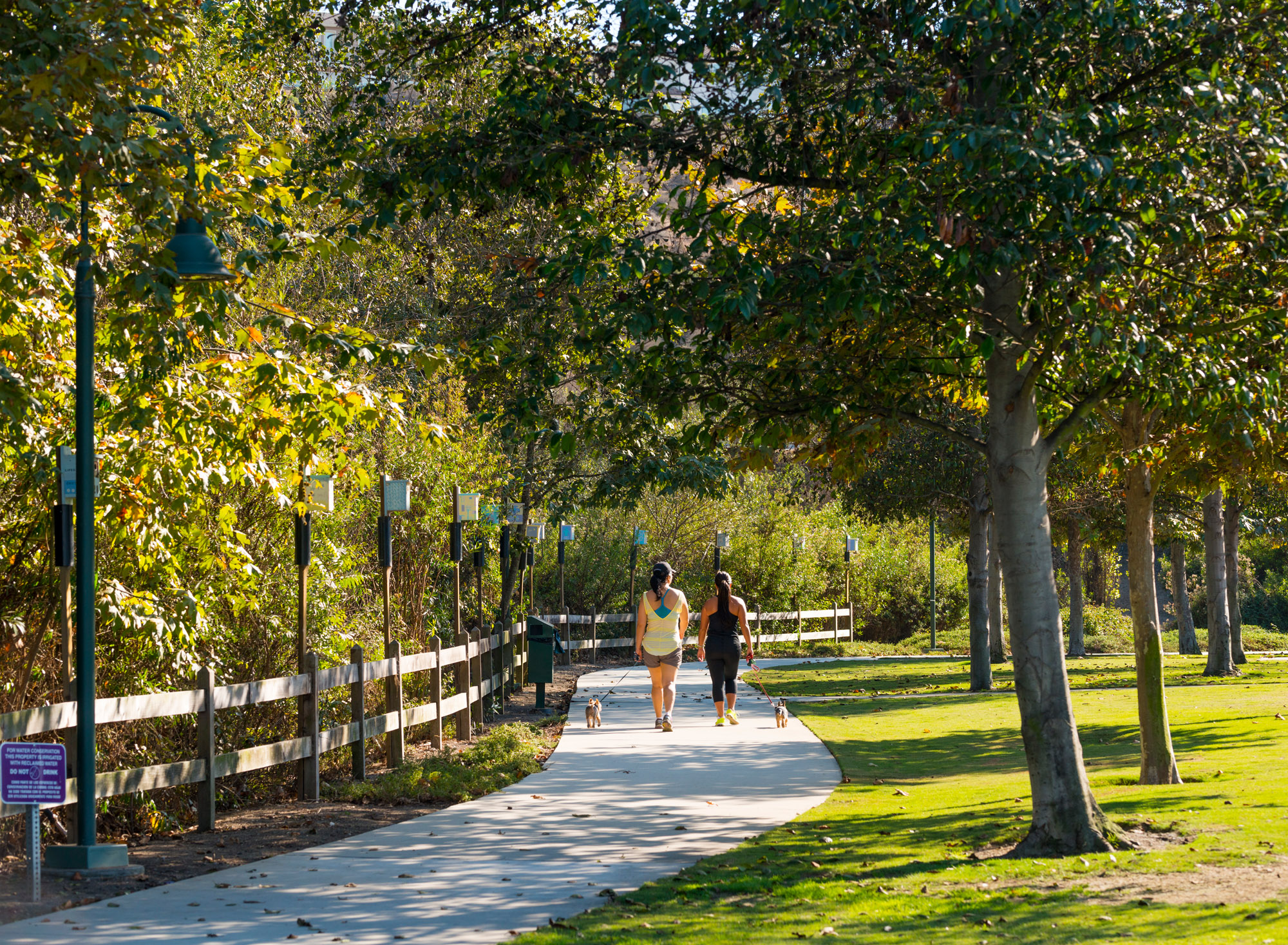Riparian Corridor Updates from the Ballona Wetlands Conservancy

UPDATE – November 4th
We wanted to provide everyone with an update on the situation at the Freshwater Marsh and Riparian Corridor. This week was the 3rd consecutive week that the Ballona Wetlands Conservancy has received mosquito counts from Vector Control, which were all in the acceptable range. Also, as you are aware from our last update, Vector Control has removed its restrictions to allow us to reestablish water flow to the system, which we began a couple of weeks back. We continue to release approximately 90,000 gallons per day into the corridor, and we anticipate that should be increased to approximately 115,000 gallons per day by the end of next week. Combined with the rain over the past couple of weeks, the water levels in the marsh and corridor have risen about one foot; however, we are still about a foot below our normal water level. We are also exploring other opportunities to introduce more water into the system to help get the levels back to normal. As the water returns to the system, we believe that the odor the community has been experiencing should dissipate.
We continue to work with the California Department of Fish and Wildlife, the US Department of Fish and Wildlife and Vector Control to ensure that the experience we had this summer does not reoccur. We are also working with CDFW and USFWS on revegetation of the areas that were brushed this summer adjacent to the maintenance road; that work has begun, the planting is complete and hydroseeding will be complete before the end of the week.
Thank you for your interest and concern regarding the Freshwater Marsh and Riparian Corridor. For more information, please contact us at info@ballonawetlandsconservancy.com.
UPDATE – October 21st
Earlier this week, the Ballona Wetlands Conservancy received the latest mosquito counts from Vector Control, which were all in the acceptable range for the first time since early May. Vector Control also removed its restrictions to allow us to re-establish water flow to the system, which was done early Tuesday evening. There are now approximately 90,000 gallons per day being released into the corridor, and we anticipate the number to be increased to approximately 115,000 gallons per day within the next few weeks. Combined with the rain event on Sunday night/Monday morning, the water levels in the marsh and corridor have begun to rise. As the water returns to the system, we believe that the odor the community has been experiencing should dissipate.
We continue to work with the California Department of Fish and Wildlife, the US Department of Fish and Wildlife and Vector Control to ensure that the experience we had this summer does not reoccur. We are also working with CDFW and USFWS on revegetation of the areas that were brushed this summer adjacent to the maintenance road; that work has begun, we hope to have the planting and hydroseeding complete before the rainy season begins in earnest.
Thank you for your interest and concern regarding the Freshwater Marsh and Riparian Corridor. For more information, please contact us at info@ballonawetlandsconservancy.com.
October 8th
Over the past several weeks, the Ballona Wetlands Conservancy – the non-profit entity formed to ensure the Ballona Freshwater System is maintained in perpetuity – cut back significant amounts of vegetative growth in the Riparian Corridor to control the mosquito population. This was done at the direction of the Los Angeles County West Vector Control District, which also requested that the water levels in the corridor be reduced to decrease the breeding areas for mosquitoes.
The overgrown vegetation had made it difficult for the mosquitofish (called Gambusia) to traverse all of the areas of the riparian system and consume the mosquito larvae. The growth also posed challenges to the vector control staff responsible for spraying to control mosquitoes.
Since the vegetation was cut back and the water levels were lowered, the mosquito counts are down dramatically. However, since the work was done, a strong smell began emanating from the corridor area located south of Bluff Creek Drive. It is likely that the smell is caused, in part, due to the decomposition of the cut vegetation. The Conservancy has hired more people to move more quickly to remove the vegetation and anticipates completing that work over the next week.
We are also confident that the smell will dissipate once the cut vegetation is cleared and water levels in the corridor resume to normal levels. The Conservancy as well as the management of Playa Vista appreciate the residents’ patience while this complicated issue is resolved.